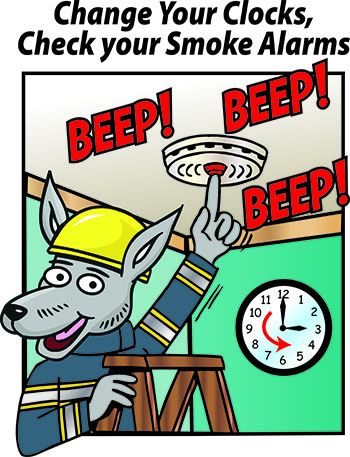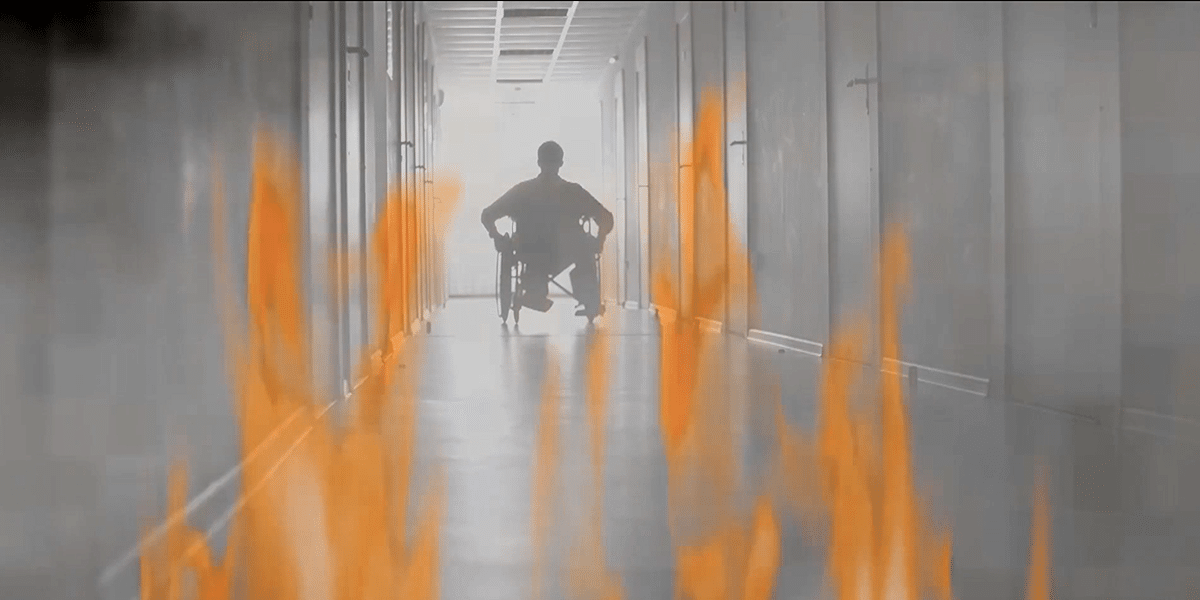
Left Behind in a Blaze: A Teen’s Terrifying Ordeal and His Fight for Safer Schools
The fire alarm in his UK school starts blaring while smoke rises
Daylight saving is not observed in Queensland, the Northern Territory or Western Australia
Smoke alarms save lives by giving you and your family an early warning if a fire starts in your home. In fact, in the event of a house fire, you’re four times more likely to die if your home doesn’t have a working smoke alarm. That’s why it’s essential that you not only have smoke alarms installed in your home but that you also keep them in good working order. By performing some simple checks and keeping up regular maintenance, you’ll ensure they’re working effectively and ready to spring into action if needed.
save lives by giving you and your family an early warning if a fire starts in your home. In fact, in the event of a house fire, you’re four times more likely to die if your home doesn’t have a working smoke alarm. That’s why it’s essential that you not only have smoke alarms installed in your home but that you also keep them in good working order. By performing some simple checks and keeping up regular maintenance, you’ll ensure they’re working effectively and ready to spring into action if needed.
Check and Change Batteries
It’s fast and easy to test all your smoke alarms every month to ensure they are working. Use a broom handle to press the test button—if it beeps, the batteries are good; if not, change them immediately. Also, keep your alarms clean by vacuuming them often to keep dust and dirt out.
Once a year, change the batteries in all your smoke alarms, even if they’re hard-wired; you may still need to replace the backup battery. Newer smoke alarms now have rechargeable batteries that last 10 years. You’ve probably heard the saying “change your clocks, change your smoke alarm batteries”—and it’s a good yearly reminder to get it done! So, when daylight savings time ends and you move the clocks back an hour, put new batteries in all your smoke alarms, too.
All smoke alarms, whether ionised or photoelectric, hard-wired or battery-operated, are manufactured to a standard that requires them to have an effective life of 10 years. After this time, their efficiency can be compromised or they may malfunction. This is because of the long-term effects of accumulated dust, insects and other airborne contaminants, or from corrosion of the electrical circuitry.
The use-by date, or date of manufacture, should be stamped on the alarm. Check this yearly when you change your batteries. If any of your alarms are 10 years old, replace them immediately.
When you need to replace your alarms, we recommend you choose a photoelectric smoke alarm. Photoelectric alarms are more effective than ionised ones at detecting a wider range of fires, including smouldering and thick smoke. You could also choose a photoelectric alarm with an in-built 10-year lithium battery, which means you won’t need to worry about changing the battery every year.
As an additional safety measure, install interconnected smoke alarms. That way, if a fire breaks out at one end of the house and triggers an alarm, all the other alarms will go off too – so no matter where you are in your home, you’ll always get a warning. This is especially important if your children’s bedrooms are in a different wing to yours, as studies have shown that 85 per cent of sleeping children don’t wake to the sound of a smoke alarm. When you have interconnected alarms, you can sleep easy knowing any alarms that are triggered will sound throughout the house.
Working smoke alarms are the first – and most important – step in a successful home fire safety plan. For the best protection, install interconnected photoelectric smoke alarms outside each bedroom, and on every storey of your house. Check they are working every month, and when you change your clock at the end of daylight savings, change your smoke alarm batteries too.
Talk to everyone in your household about your fire escape plan, and review it yearly. When you have working smoke alarms, the right set-up and a well-rehearsed emergency escape plan, you give your family the best chance to get out safely if a house fire ever occurs.
Do you have any smoke alarm tips you’d like to share? Or a question about installing and maintaining smoke alarms in your home? Post your comments below!

What do you do? Share with our readers on the EvacuLife Facebook Page

The fire alarm in his UK school starts blaring while smoke rises

Challenging the Status Quo: Building Classifications and Fire Safety in

Spanish philosopher George Santayana famously said, “Those who cannot remember